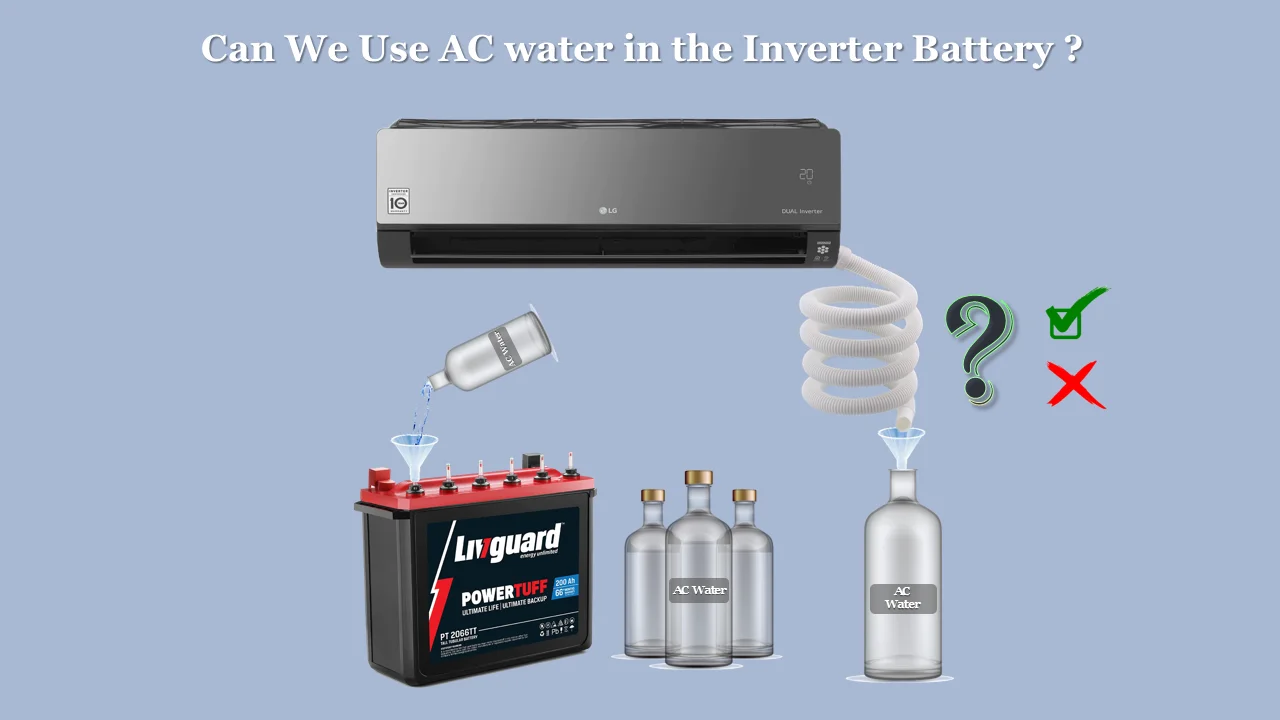
Inverters are an important part of our modern home, especially if you live in an area with frequent power outages. They provide power when there is an outage and keep our lights and fans running. Not only that, but it can also power other appliances if required. People often ask me what type of water should be used in an inverter battery. Can we use AC water in inverter battery?
Yes, you can use AC water in your inverter battery because it is basically distilled water but you need to make sure that the AC water you are using is clean, free of debris, and collected in a clean container.
There are many types of water available in the market, but not all of them can be used in batteries. In this article, I will tell you which type of water is to be used for inverters and why it is important to use the right kind of water. I will also discuss when to put water in an inverter and how much is enough.
I will also give you a stepwise guide on how to fill the water in the inverter battery, what happens if you put too much water and what happens if the water is low in your inverter batteries. Finally, we will also some of the most frequently asked questions related to this topic.
- Why Does an Inverter Battery Need Water?
- Which Water is Best for Inverter Batteries
- What is Distilled Water?
- What is Air Conditioner Water and How it is Produced?
- Does the Air Conditioner Water Distilled Water?
- Can We Use AC Water in Inverter Battery?
- When to Put Water in an Inverter and How Much is Enough?
- How to fill the water in the inverter battery?
- What Happens if Inverter Battery Water is Low?
- What Happens if you put too much water into the Battery?
- Frequently Asked Questions
- Final Verdict
But before diving deep into the topic, let’s see why does an inverter battery need water?
Why Does an Inverter Battery Need Water?
In order to understand why an inverter battery needs water, it is first necessary to understand how an inverter battery works. Inverter batteries are used in a variety of electronic devices, including computers, UPS systems, and solar energy systems.
An inverter battery is a type of lead-acid battery that consists of a series of cells connected together. Like all lead-acid batteries, each cell contains a positive and negative electrode and an electrolyte solution. The electrolyte solution helps to conduct electricity between the electrodes.
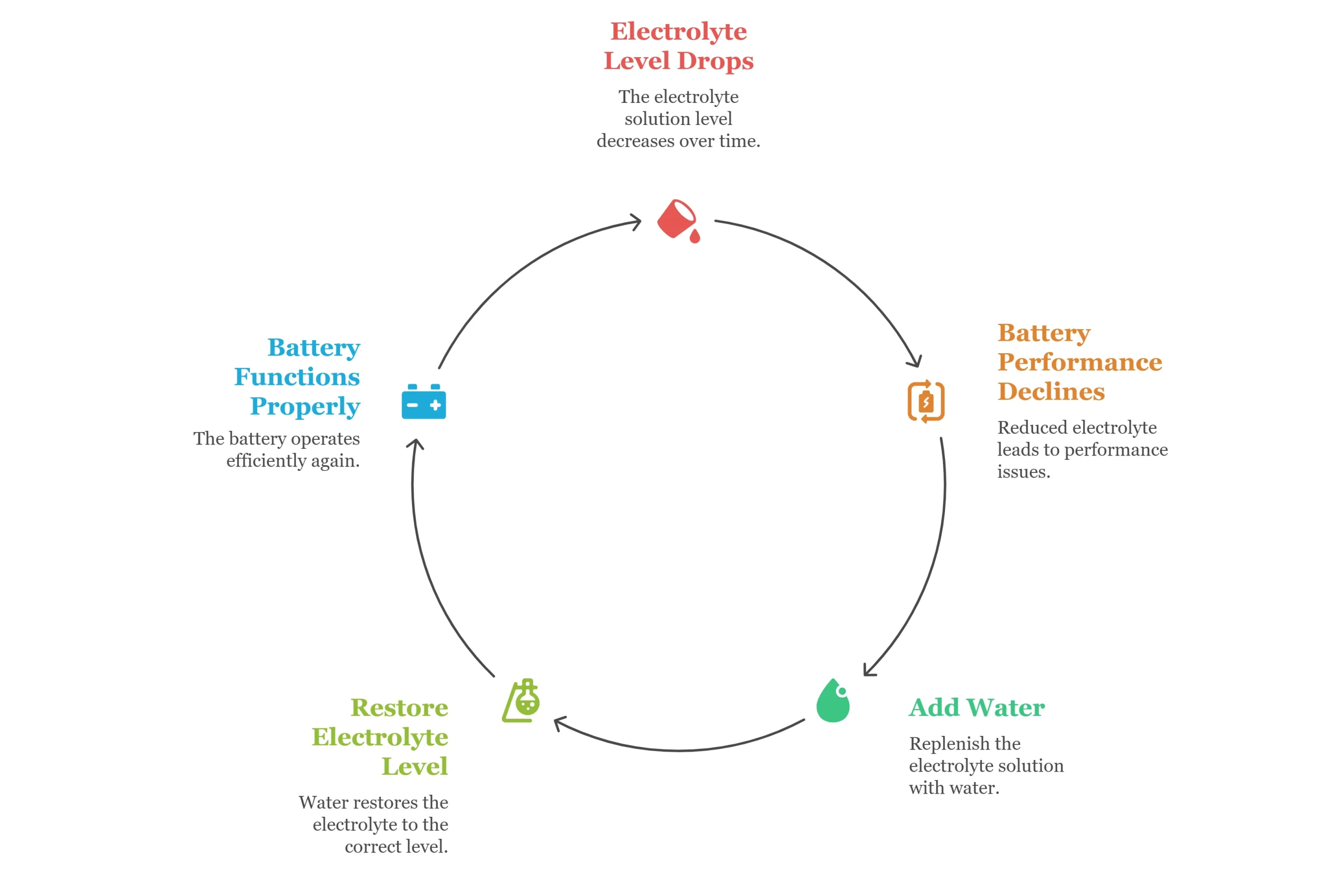
In order for the battery to work properly, the electrolyte solution must be kept at the correct level. If the level of the electrolyte solution gets too low, it can cause the inverter battery to stop working.
To prevent this from happening, manufacturers usually add a small amount of water to the electrolyte solution. The water is used to keep the cells within the battery from drying out and cracking. It keeps the level of the solution at the correct level and prevents the inverter battery from failing.
In addition, it also helps to dissipate heat and prevent the buildup of harmful gasses. Without water, an inverter battery will eventually fail.
Without water, the inverter battery would eventually fail and would need to be replaced.
While adding water to an inverter battery may seem like a simple task, it is actually an important part of keeping the battery working properly. Without water, the inverter battery would eventually fail and would need to be replaced.
In some cases, the cells may crack and leak acid, which can be dangerous. In other cases, the plate material may begin to break down, reducing the battery’s capacity and lifespan.
As a result, adding water to an inverter battery is an essential part of maintaining the battery and preventing it from failing. For these reasons, it is important to regularly check the water level in your inverter battery and top it off as needed.
Which Water is Best for Inverter Batteries

It is important to ensure that the correct type of water is used when topping up the cells, as using the wrong water can cause irreversible damage to the battery. In order to function properly, these batteries need to be filled with clean water that meets certain specifications.
The water used in inverter batteries should be free of impurities such as dirt, sand, and grit. In addition, it should have a low sodium content and a neutral pH.
Distilled or deionized water meets all our specifications and qualifies for topping up inverter batteries, as it doesn’t contain any impurities that could potentially damage the battery. In general, distilled water or deionized water is the best choice for filling batteries.
In addition, it is important to avoid using tap water, as this can contain minerals that will eventually react with the acid in the battery or may form a layer or clog electrodes that can prevent reactions and cause problems.
If you are unsure about which type of water to use, you should check with the manufacturer of your inverter battery to ensure that you are using the correct type.
What is Distilled Water?
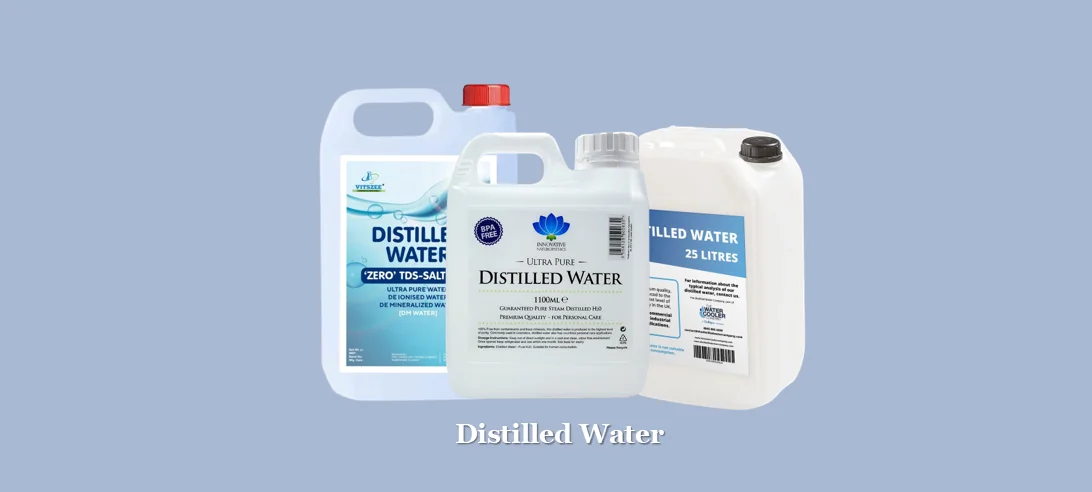
Distilled water is a type of water that has been purified through a process of distillation. This means that the water has been boiled and then condensed back into a clean container. The boiling process removes impurities from the water, including minerals, and other contaminants.
It also kills any bacteria or other pathogens that may be present in the water, leaving only pure water behind.
Distilled water is often used in laboratories and scientific research, as it is free from impurities that could interfere with experiments. It is also sometimes used in medical settings, as it can help to prevent infection.
This water has a somewhat flat taste. Because distilled water does not contain any minerals it is often used in inverter batteries.
What is Air Conditioner Water and How it is Produced?
AC water is a type of water that is produced by air conditioners. It is also known as condensation water or AC condensate. As we all know that air conditioners work by using a refrigerant to cool the air inside your home.
This refrigerant is circulated through a series of coils, and as it evaporates, it absorbs heat from the air. The refrigerant is then recirculated back through the coils, and the cycle continues.
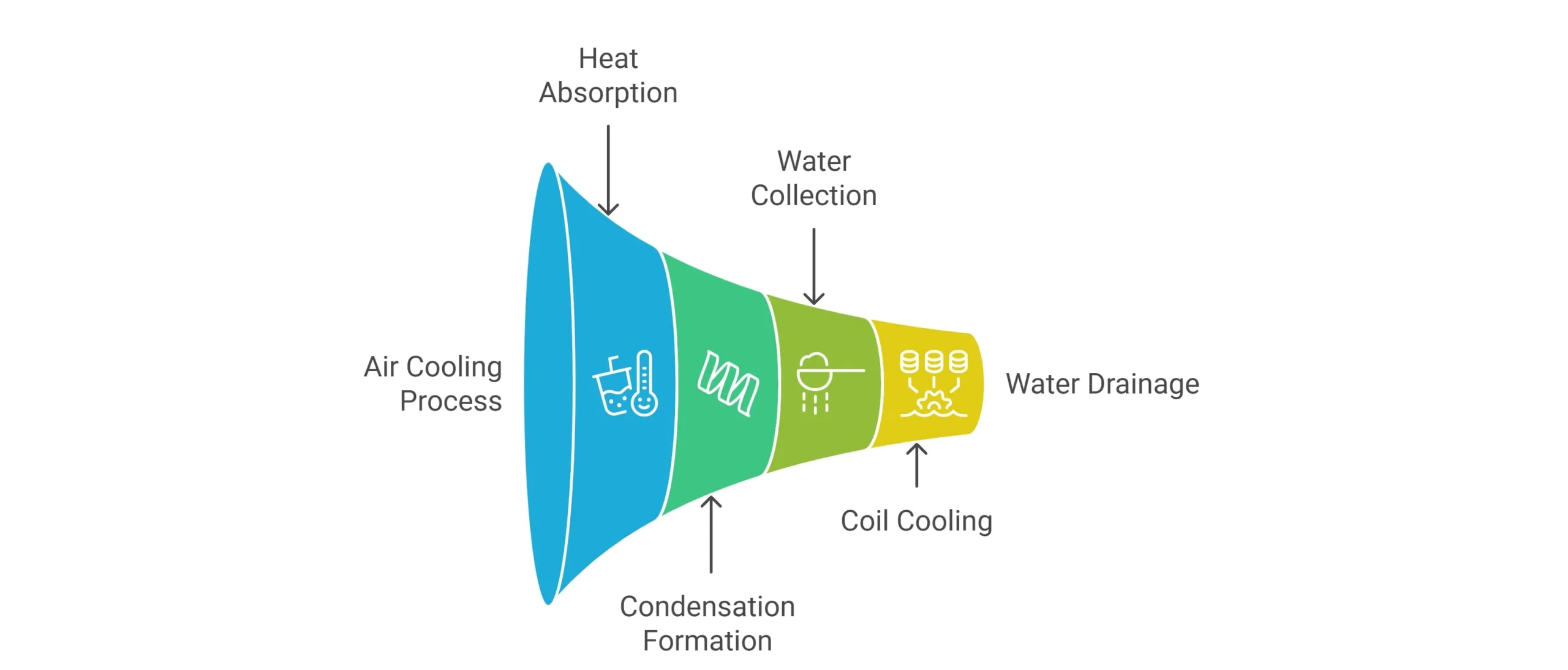
One by-product of this process is condensation, which forms on the evaporator coils and drips into a pan below. This water is typically used to help cool the coils, and it is eventually drained away.
The AC units produce AC water mainly in dehumidification mode or dry mode. It is prominent in areas with higher humidity such as the sea shore, and monsoon region or beach.
Does the Air Conditioner Water Distilled Water?

It is evident from the working of an AC that condensate is created when the AC unit’s evaporator coil or cooling coil condenses water vapor from the air. This process is similar to the process of distillation. As a result, the water that is produced by an air conditioner is actually distilled water.
According to research at Pathumtani University, AC water is basically distilled water, and the process of dehumidification in air conditioners is like an atmospheric water generator (AWG).
So, yes the AC water is distilled water.
Can We Use AC Water in Inverter Battery?
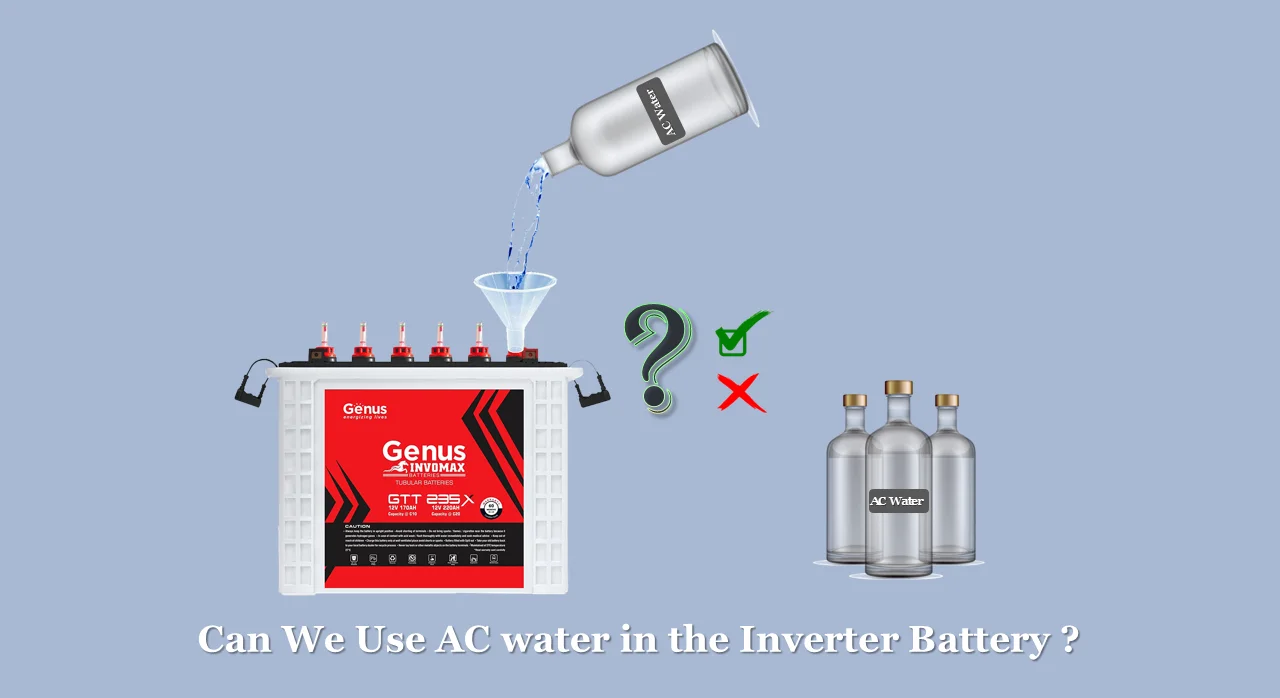
Yes, you can use AC water in your inverter battery because AC water is distilled or of similar quality. However, there are a few things you need to keep in mind. First, make sure that the water you are using is clean and free of debris. The water from air conditioners can only be used if it is collected in a clean container. This is safer than using regular tap water, which has harmful substances in it.
It is better to use distilled water than AC water for your batteries. Distilled water is free of impurities and will make your batteries last longer.
When using air conditioner water in an inverter battery, it’s important to check the water quality regularly and top up the battery with AC water as needed. You should also make sure to add the proper amount of water to your inverter battery. Overfilling or underfilling the battery can damage it.
If needed, you can filter the water as well. By taking these precautions, you can safely use air conditioner water in your inverter battery without fear of damaging it.
When to Put Water in an Inverter and How Much is Enough?
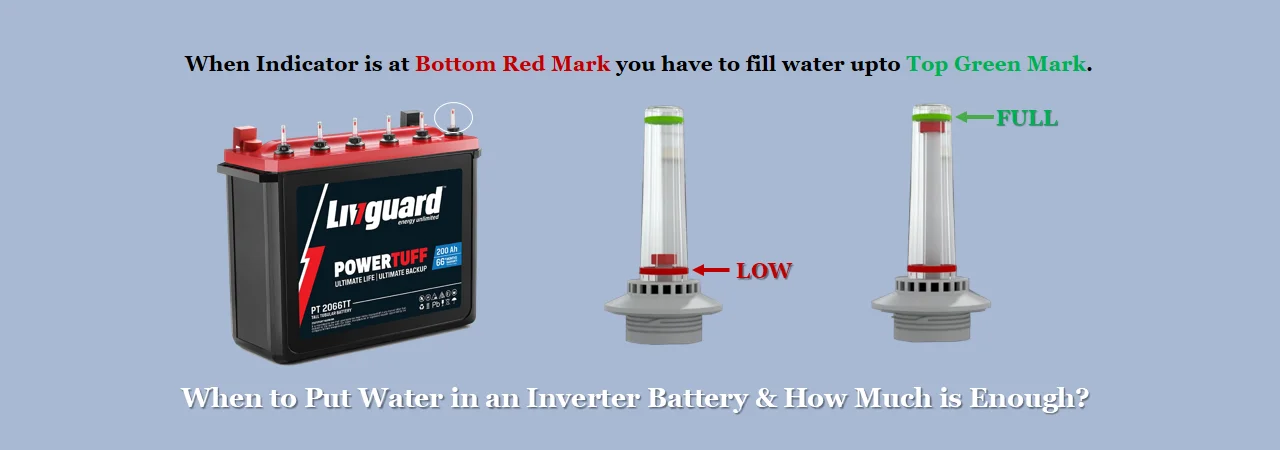
When to put water in an inverter battery is one of the most frequently asked questions by people who use inverters. The optimal time to put water in an inverter battery is when it is first installed, and then every six months to a year after that.
You can also take the help of the float indicator on top of your inverter batteries installed for each cell. Check for the indicator, if any of the indicator water levels drop below the threshold limits i.e. below the red marking then you need to replenish the water in that cell. It is always good to have a smartphone reminder at regular intervals of time and keep checking it.
How much water is enough will vary depending on the size of the battery, but a good rule of thumb is to fill the cells until the water level is just below the metal plates. Only add enough water to cover the plates inside the battery.
The optimal water level is indicated with a green marking on the inverter batteries. Adding too much water can cause the battery to overheat and explode.
How to fill the water in the inverter battery?
Filling your inverter battery with AC water is a process that should be done regularly in order to keep it running smoothly. In this section, we will walk you through the entire process step-by-step.
So, whether you’re a beginner or an experienced DIYer, you’ll be able to easily follow these instructions and fill your inverter battery with AC water. Let’s get started!
Air conditioner water can be used to fill the water in the inverter battery. The process is simple and only takes a few minutes. First, turn off the power to the inverter.
That’s all there is to it! By following these simple steps, you can ensure that your inverter battery stays healthy and functions properly.
By using air conditioner water to fill the inverter battery, you can save money and help to prolong the life of your inverter.
What Happens if Inverter Battery Water is Low?

If the inverter battery water is low, it can cause a number of problems. For one, the inverter may not be able to properly convert AC power to DC power i.e. charge the battery, which can lead to a loss of power or even a short circuit.
Inverter batteries with low water levels are unable to efficiently power our devices and can cause our appliances to run at lower speeds or wattage.
Additionally, low water levels can damage the battery components and reduce its efficiency thereby decreasing its overall lifespan.
Finally, the low water level in the inverter battery can lead to overheating and cause damage to the battery. In some cases, low water can also lead to a fire. As a result, it is important to check the inverter regularly and add water as needed to maintain proper functioning.
If you notice that your inverter battery water is low, it’s important to refill it as soon as possible to avoid these potential problems.
What Happens if you put too much water into the Battery?
One of the most common mistakes people make with inverter batteries is adding too much water. While it is important to keep inverter batteries properly watered, it is possible to overdo it. If too much water is added, it can dilute the electrolyte thereby reducing the battery performance.
In addition, the excess water can also short-circuit the inverter’s internal components by overflowing, leading to a loss of power. In extreme cases, overflowing batteries can even start a fire.
As a result, it is important to be careful not to put too much water into your inverter battery. Just a little bit of water goes a long way in keeping these vital components working properly.
Frequently Asked Questions
Final Verdict
Suppose you are using an inverter battery for your home or office. In that case, it is essential to maintain proper water levels in the battery cells because, over time, the water in batteries evaporates and needs to be replenished.
It can be done by checking the water levels regularly and adding water as needed to ensure that the battery stays healthy and functions properly.
Knowing which water is to be used for batteries is very important because the wrong type of water can cause severe damage. The best kind of water to use is distilled water, but you can also use AC water.
Yes, technically, you can use AC water in your inverter battery because it is only distilled water, but I personally recommend you use distilled or deionized water instead.
However, it is essential to avoid adding too much water, as this can have negative consequences such as reducing power output, short-circuiting internal components, or even causing a fire. To prevent these issues, carefully follow all the instructions mentioned above when filling your inverter battery with AC water.
Thanks for reading, and feel free to contact us if you have any further questions!
Also Read: Does Inverter AC need Stabilizer?

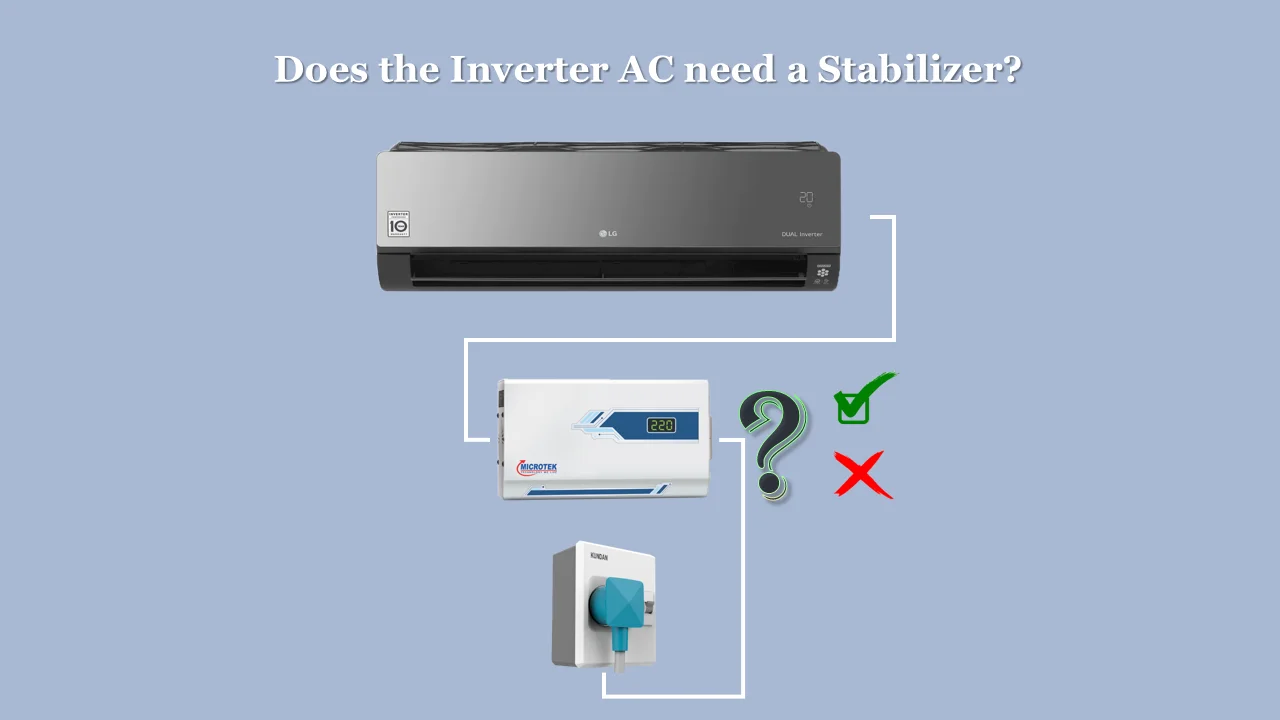
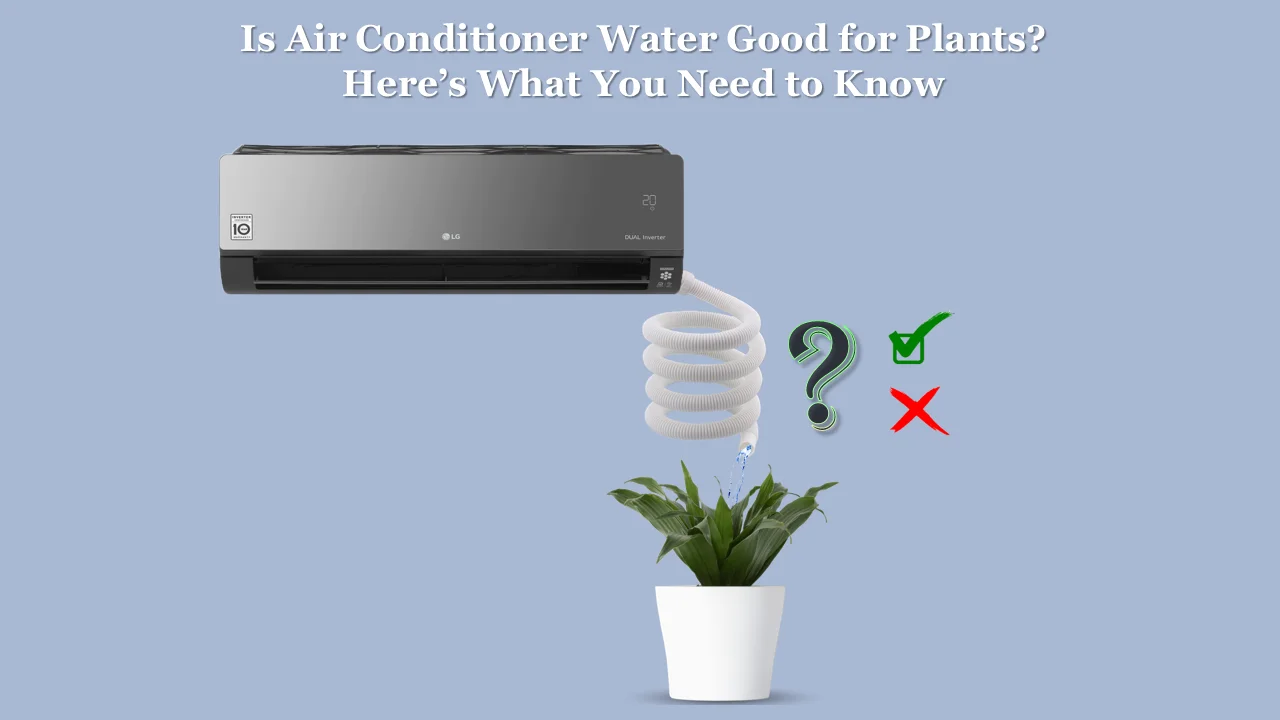

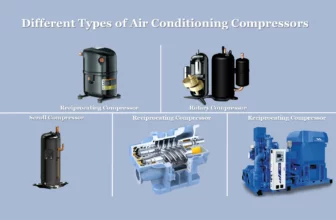
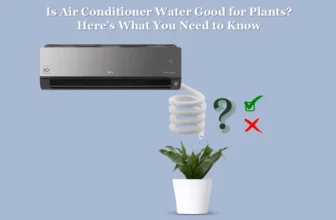
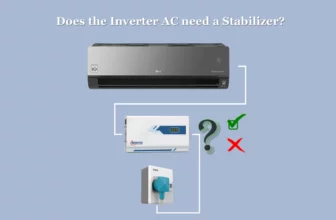


Can I boil across water to further purify it for use in inverter battery?
Yes, you can boil it, but make sure to cool it down to room temperature before using it in your inverter battery.